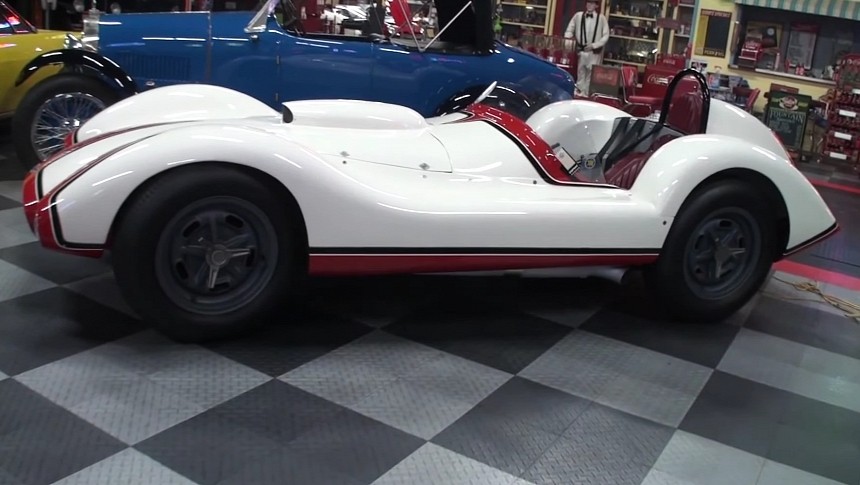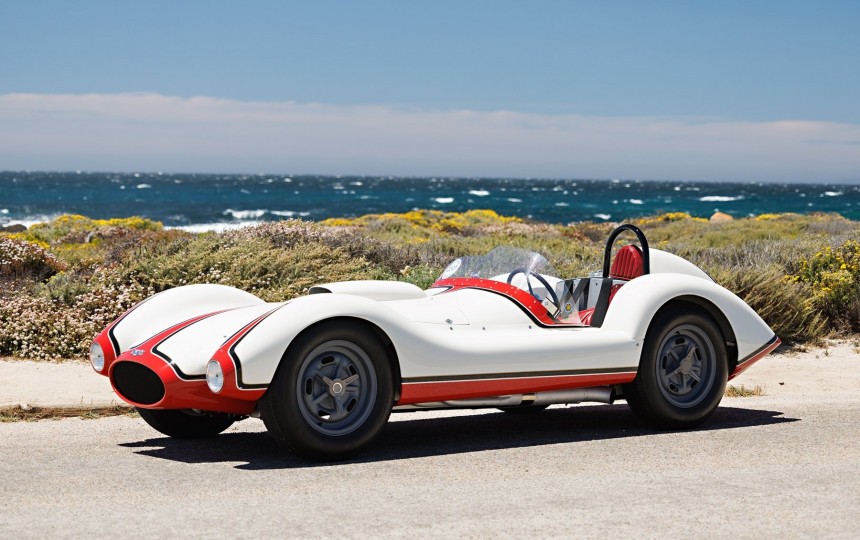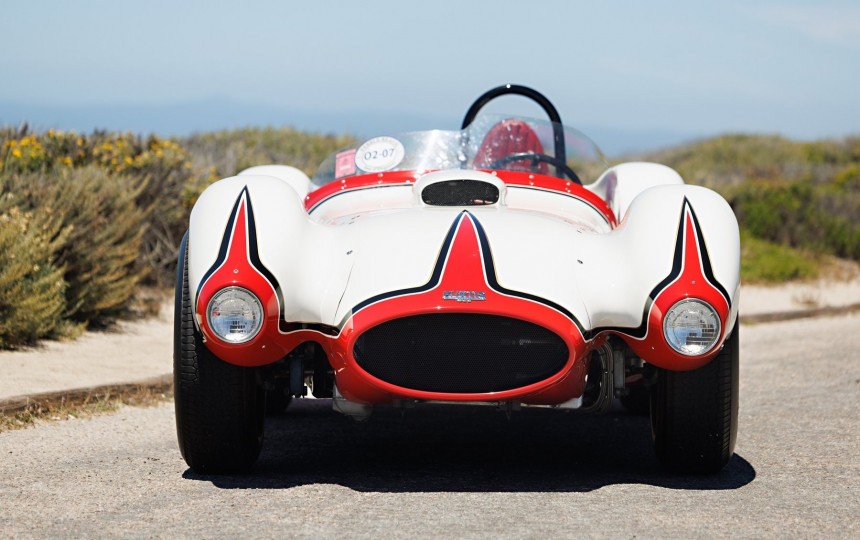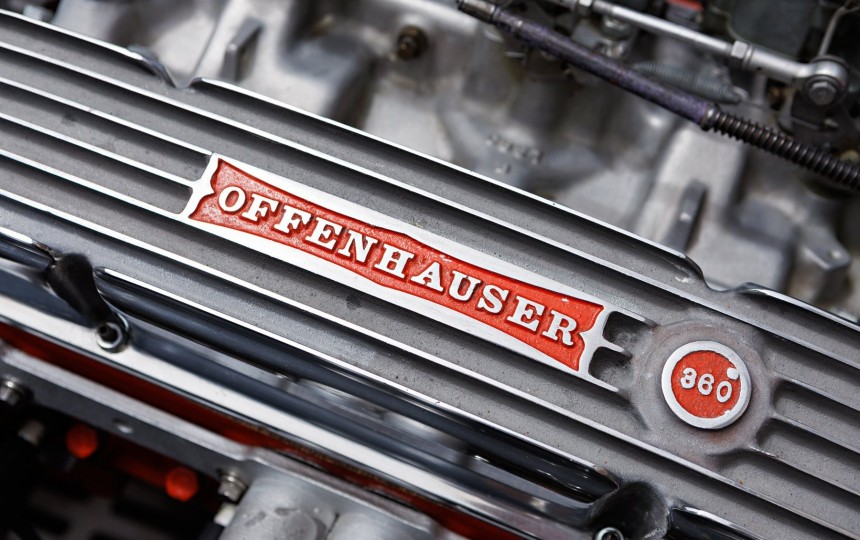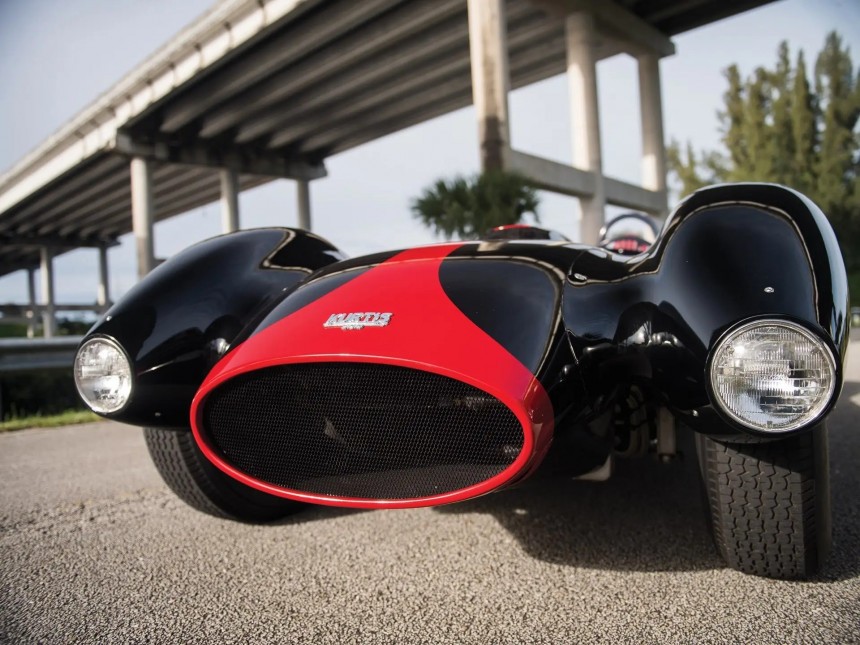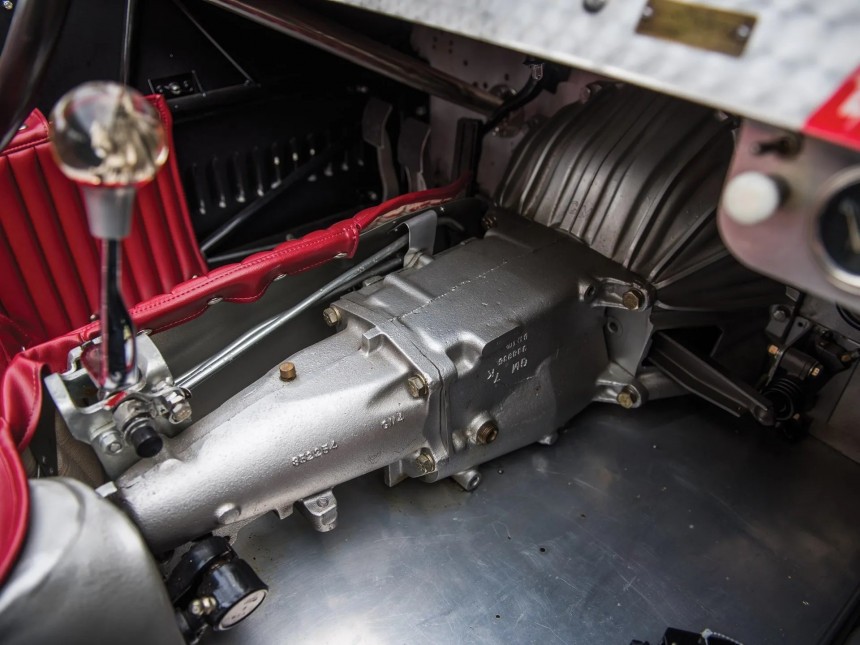"What is Croatia's greatest achievement in the automotive universe" is the question that not many gearheads know the answer to. Besides the abominably-performant Rimac Nevera, Mario Andretti and Gary Gabelich might come up. But neither the 1978 Formula One world champion and four-time IndyCar champion (Andretti) nor the first man to drive over 1,000 kph (622 mph) – Gabelich – come close to the legacy of a man who set his name in stone at the Indy 500. All the more, he managed to become a motorsports legend without having driven a single lap in an official race.
Until the charismatic Richard Hammond (automotive superstar, former Top Gear host, and long-time TV presenter) crashed one in a hill climb, only a few people on Planet Speed knew what a Rimac was. The Croatian company quickly rose to supremacy when the Nevera was released, the all-electric hypercar with abominable specs.
The car made its home country famous among gearheads, but little about Croatia's motorsport heritage is known. One of America's sweetheart races, the Indy 500, has solid ties with the small European country. These bonds go back some seven decades.
The name Frank Kurtis might be more familiar for oval-motor-racing addicts. The man is responsible for several famous machines that triumphed at the iconic oval at the end of the 200-lap endurance trial. But what is less often mentioned is that the mechanical genius behind the renowned racing machines was Croatian.
His father was a blacksmith in Colorado, and in the family smithy, he learned how to form metal panels. This skill would prove crucial when his automotive career kick-started after the family moved to Los Angeles, California.
Frank Kurtis (born Franjo Kureti?) began his professional career in 1922 when he got a job at Don Lee Coach and Body Works. At the time, Don Lee was Cadillac's best-selling dealer and had a coachbuilding business for Hollywood big names. The bodywork part of Lee's business was managed by a young man named Harley Earl. THE Harley Earl – the future General Motors designer.
So Frank Kurtis had a great companion in the early period of his career, and Harley mentored the young and talented metalworker. By the early 30s, Frank Kurtis was already an established coachbuilder, and he tried his hand at crafting bodies for racing automobiles. He founded the Kurtis Kraft company and began experimenting with midget racecars.
Frank Kurtis' career went through the roof following the second world war. His natural artistic talent, combined with his knowledge of custom bodywork, enabled him to design some of the most beautiful racing roadsters of the era. But it's not the looks that his cars were most famed for.
After his Don Lee apprenticeship, Kurtis knew enough about cars to understand what and how to improve on them. As a result, his cars were also very performant – and in high demand. In the 50s, Kurtis-built cars won the Indy 500 five times (1950, 1951, 1953, 1954, 1955). Kurtis racers dominated the decade.
Out of the 33 machines lined up on the starting grid of the famous motorsport event, at least half wore Frank Kurtis' signature. Let's put it like this: in 1956, 23 Indy 500 drivers were behind the wheel of a Kurtis. In 1953, the first seven cars to finish the Indianapolis stage were Kurtis, and 13 more of his creations started that race.
During that decade, the Indy 500 had Frank Kurtis written all over it, and his fame extended to road cars, too. His company built some stunning one-offs for serious gearheads, each one of those cars more attractive than the previous. In 1962, Frank Kurtis decided to hang up the pencil and hammer and retire.
But before he exited, he designed and built one last car, an exceptional automobile. It's called the Kurtis Aguila (Spanish for "Eagle") and is quite the sight. Frank only designed and assembled open-wheel racecars in his decades of motor racing. The Aguila is no different, although appearances are very deceiving.
The video below features that very automobile, chassis number 62-S1, now in the private collection of an avid classic racecar enthusiast. But the Aguila has a boisterous fender that embraces the wheels, so the open-wheel argument might seem like a mishap.
However, it's true: the fenders are removable, thanks to quick-release Dzus fasteners; the original customer wanted a car that could compete in both open-wheel and sportscar competitions. The aluminum body sits on a ladder-type frame (chrome-moly steel tubing), with Halibrand disc brakes all-around and a quick-change rear end.
A 327-CID (5.4-liter) Chevrolet Offenhauser V8 is powering the lightweight, low-slung roadster. Three Stromberg two-barrel carburetors on top of the Edelbrock intake manifold put the motor output to around 400 hp (406 PS).
A four-speed Borg-Warner gearbox sends that to the rear wheels, and the car has had its fair share of racing. Unfortunately, this swan-song Kurtis racer did not share its siblings' success on the track, and in 1965 it was retired, along with all other front-engined roadsters. The mid-engine era was dawning, and cars like the Aguila were left for collectors to enjoy in beauty contests and historic vehicle competitions.
The high-flying Eagle did not relinquish its proud heritage, and the one-off spent two decades with its original owner. It was then sold around 1985. Another decade passed, and a new owner commissioned a complete restoration of the Kurtis Aguila. Refreshened, the former race thoroughbred campaigned again, this time in historic-class competition at Sportscar Vintage Racing Association events.
2009 the car was sold at the Automobiles of Arizona auction for $165,000. The buyer ordered a repaint of the vehicle to a black-over-red livery and continued to race the famous machine. In 2016, the 1962 Kurtis Aguila went under the hammer again, and the selling price was a high brow $423,500.
Another renovation was undertaken, both aesthetical and mechanical, and the Aguila was restored to its 1962 racing colors. In 2022, the car was again offered for sale at the Pebble Beach auction. Although the auction house does not specify whether the vehicle was sold at the event, the current owner – the proud, smiling man featured in the video below – says he purchased it that same year.
The car made its home country famous among gearheads, but little about Croatia's motorsport heritage is known. One of America's sweetheart races, the Indy 500, has solid ties with the small European country. These bonds go back some seven decades.
The name Frank Kurtis might be more familiar for oval-motor-racing addicts. The man is responsible for several famous machines that triumphed at the iconic oval at the end of the 200-lap endurance trial. But what is less often mentioned is that the mechanical genius behind the renowned racing machines was Croatian.
Frank Kurtis (born Franjo Kureti?) began his professional career in 1922 when he got a job at Don Lee Coach and Body Works. At the time, Don Lee was Cadillac's best-selling dealer and had a coachbuilding business for Hollywood big names. The bodywork part of Lee's business was managed by a young man named Harley Earl. THE Harley Earl – the future General Motors designer.
So Frank Kurtis had a great companion in the early period of his career, and Harley mentored the young and talented metalworker. By the early 30s, Frank Kurtis was already an established coachbuilder, and he tried his hand at crafting bodies for racing automobiles. He founded the Kurtis Kraft company and began experimenting with midget racecars.
After his Don Lee apprenticeship, Kurtis knew enough about cars to understand what and how to improve on them. As a result, his cars were also very performant – and in high demand. In the 50s, Kurtis-built cars won the Indy 500 five times (1950, 1951, 1953, 1954, 1955). Kurtis racers dominated the decade.
Out of the 33 machines lined up on the starting grid of the famous motorsport event, at least half wore Frank Kurtis' signature. Let's put it like this: in 1956, 23 Indy 500 drivers were behind the wheel of a Kurtis. In 1953, the first seven cars to finish the Indianapolis stage were Kurtis, and 13 more of his creations started that race.
But before he exited, he designed and built one last car, an exceptional automobile. It's called the Kurtis Aguila (Spanish for "Eagle") and is quite the sight. Frank only designed and assembled open-wheel racecars in his decades of motor racing. The Aguila is no different, although appearances are very deceiving.
The video below features that very automobile, chassis number 62-S1, now in the private collection of an avid classic racecar enthusiast. But the Aguila has a boisterous fender that embraces the wheels, so the open-wheel argument might seem like a mishap.
A 327-CID (5.4-liter) Chevrolet Offenhauser V8 is powering the lightweight, low-slung roadster. Three Stromberg two-barrel carburetors on top of the Edelbrock intake manifold put the motor output to around 400 hp (406 PS).
A four-speed Borg-Warner gearbox sends that to the rear wheels, and the car has had its fair share of racing. Unfortunately, this swan-song Kurtis racer did not share its siblings' success on the track, and in 1965 it was retired, along with all other front-engined roadsters. The mid-engine era was dawning, and cars like the Aguila were left for collectors to enjoy in beauty contests and historic vehicle competitions.
2009 the car was sold at the Automobiles of Arizona auction for $165,000. The buyer ordered a repaint of the vehicle to a black-over-red livery and continued to race the famous machine. In 2016, the 1962 Kurtis Aguila went under the hammer again, and the selling price was a high brow $423,500.
Another renovation was undertaken, both aesthetical and mechanical, and the Aguila was restored to its 1962 racing colors. In 2022, the car was again offered for sale at the Pebble Beach auction. Although the auction house does not specify whether the vehicle was sold at the event, the current owner – the proud, smiling man featured in the video below – says he purchased it that same year.
